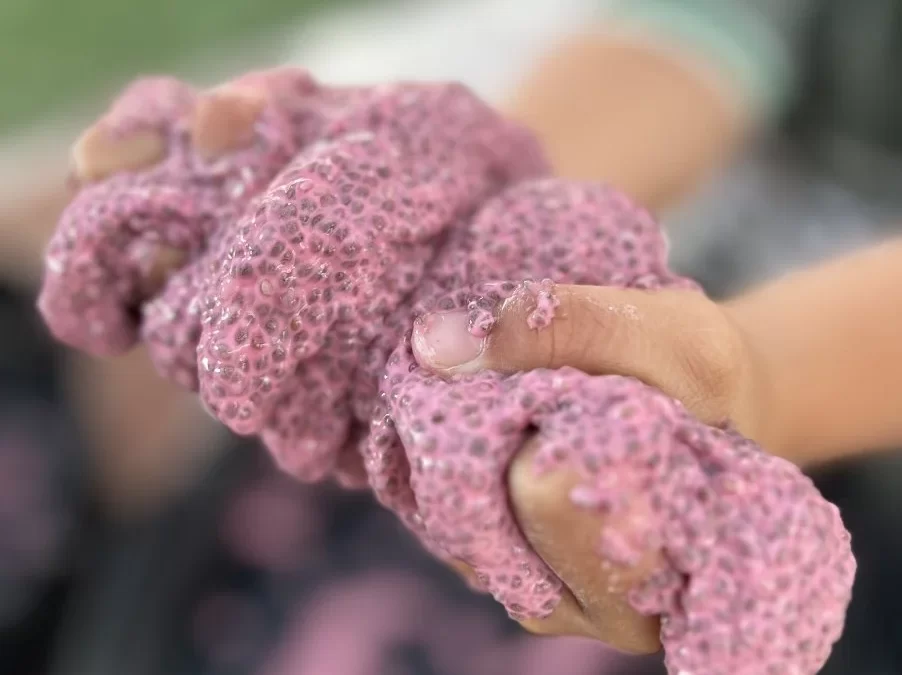Blogs that work hard for education providers
- How can you make sure your education centre gets picked up by AI in Google searches and help your families and caregivers?
- How can you make your website work for you when you simply don’t have the time or resources?
Through outsourced good website content. As an experienced copywriter, I can help.
Interesting, informative, well-written web content with keywords in the right places is the key to improving your site’s Google ranking. If anyone tells you that content is not important in the age of GEO AI searches, walk away and get in touch with me right away! I am an Auckland copywriter with a career spanning over two decades at the intersection of education, copywriting, and client support.
Why is good web content even more important?
Generative engines can only summarise information that already exists online. If your business does not have content that answers questions, AI tools are unlikely to mention you.
I can revive older blogs and web copy by:
- identifying key customer questions to answer
- breaking content into readable sections with bullet points
- incorporating quotes, stats or case studies to build authority.
Alternatively, I can create new GEO-friendly content that is clear, helpful, well-organised, and trustworthy.
Blogs for early learning centres
Below is an example of a blog post I wrote for a West Auckland early learning centre that informs and connects with parents and caregivers. It takes clarity and care to create content for educational providers. The newsletters, web pages, and blog posts need to reflect each organisation’s voice while strengthening whānau engagement.
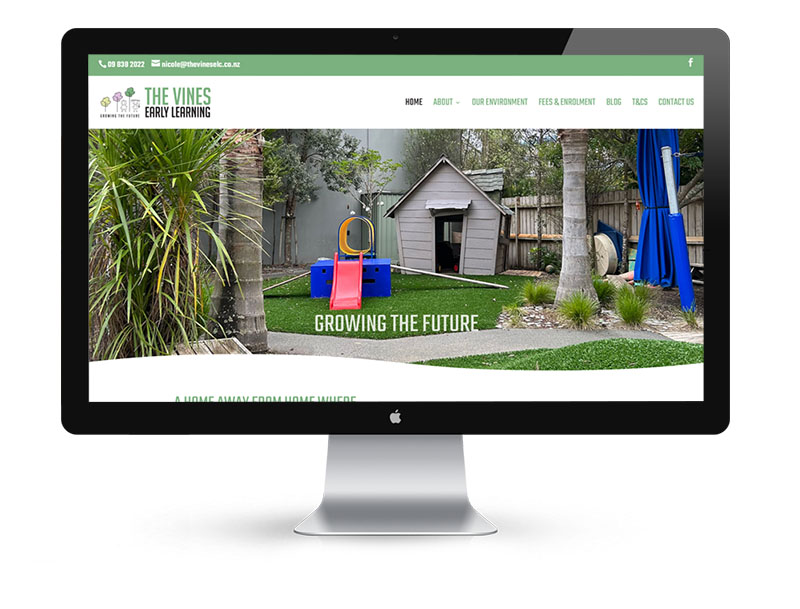
Exploring the world through multisensory experiences in our Karepe room
At The Vines Early Learning Centre in Henderson, our Karepe room is buzzing with creativity and curiosity!
Karepe is for our 4+-year-old adventurers. This is our transition-to-school programme where we prepare children for the next step in their learning journey.
Multisensory learning Vines Style
Our tamariki have been enjoying a range of multisensory experiences, using all their senses to help them understand the world around them. Designed to spark discussion, encourage collaboration, and expand vocabulary and self-expression, these hands-on activities provide rich learning opportunities while making learning more enjoyable and memorable.
Making learning both enjoyable and effective
Some exciting activities we explore at The Vines:
1. Sensory art creations:
Using textured materials like sand, fabric scraps, and natural items like leaves and bark, tamariki create artworks. We encourage them to describe how materials feel, using words like “rough,” “smooth,” “soft,” and “bumpy”.
When tamariki share their artwork with others, it gives them a chance to talk about what they’ve made. For example, we might hear, “I used yellow because it’s bright like the sun!”
This kind of sharing helps them practise using words to express their ideas while learning to listen to and interact with others.
2. Pink slime play:
“Squishy,” “sticky,” and “slippery”: tamariki have been exploring the texture of pink slime made from seeds.
This hands-on activity is a load of fun and encourages them to use beautifully descriptive language while experiencing different sensations in collaborative play. Manipulating the gloopy slime also helps develop fine motor skills.
3. Painting with cotton buds:
A fun way to try new ways of creating pictures. It helps young ones develop the small muscles in their hands, which are important for writing.
As they paint, they often describe their artwork. One of our budding artists might say, “This is a pink flower because flowers make me happy!”
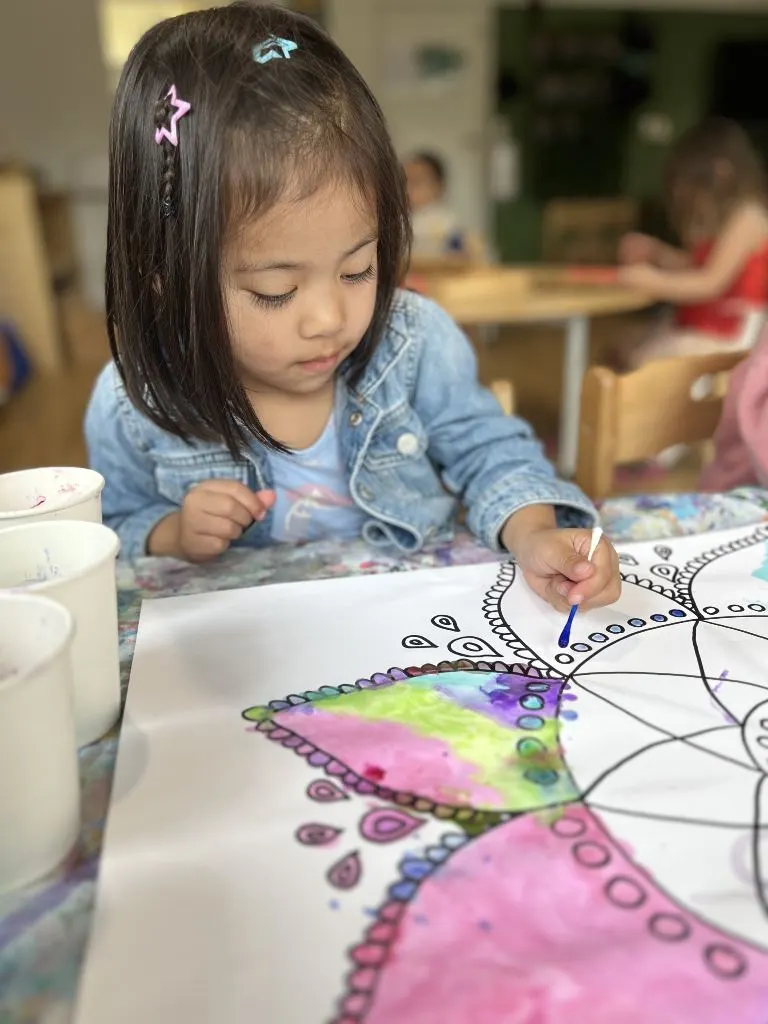
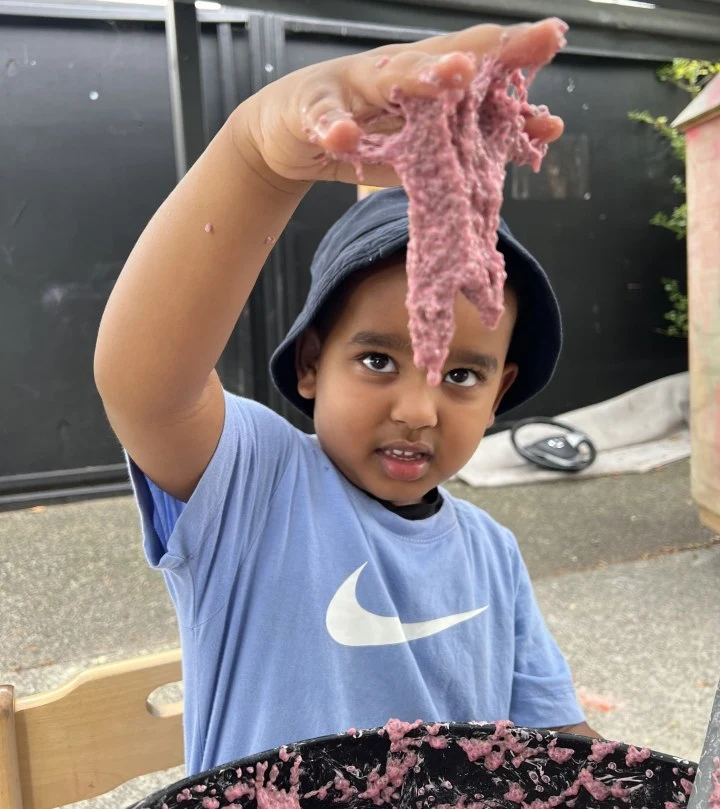
Why do multisensory experiences matter?
Te Whāriki emphasises exploration and the importance of engaging children’s senses to support their learning and development. Multisensory activities engage multiple areas of the brain, aiding deeper learning and comprehension. By using their senses to explore, tamariki develop essential cognitive skills such as observation, problem-solving, and reasoning.
Collaborative tasks build social skills. Children discover different ways to be creative and articulate their feelings and ideas confidently (he kōrero auaha).
How do we integrate Te Whāriki into our days at The Vines?
Every organised activity revolves around its five principles:
- well-being
- belonging
- contribution
- communication
- exploration.
This approach ensures that each experience supports the holistic development of our Tamariki.
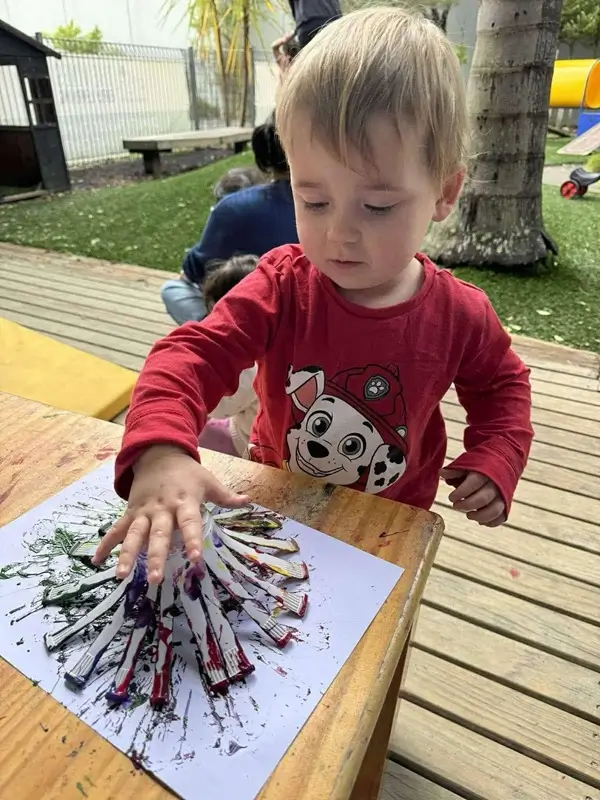
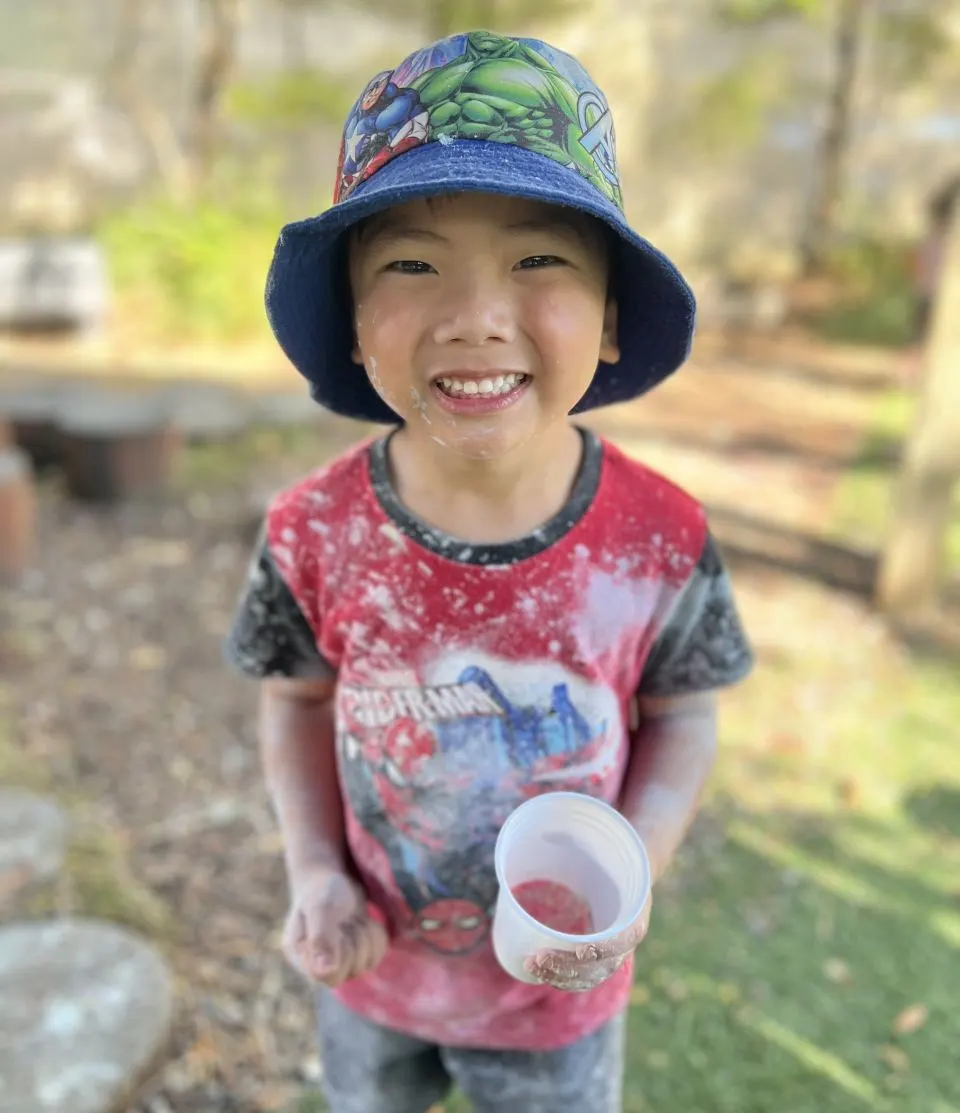
What are some multisensory activities to try at home?
Here are four fun multisensory activities you can do with your 4-year-old to support their learning:
1. Sensory storytime:
Choose a favourite book and bring it to life by incorporating props that engage the senses. For instance, if the story is about a garden, you could touch leaves, smell flowers, or taste fresh herbs while reading. This supports comprehension and builds a richer vocabulary.
2. Kitchen science experiments:
Simple activities like making playdough or mixing baking soda and vinegar can captivate young minds. Encourage your child to describe what they see, hear, and smell.
3. Chia seed slime:
For a safe, edible but not so taste-friendly slime, mix 1/4 cup chia seeds with 3/4 cup water and a few drops of food colouring (optional). Let it soak in the fridge for at least 2 hours until it becomes jelly-like. For a thicker texture, add cornflour and mix until smooth. This hands-on activity helps develop descriptive language and fine motor skills.
4. Nature treasure hunt:
Go on a sensory adventure outdoors by creating a scavenger hunt for different textures, colours, and sounds. Ask questions like, “Can you find something soft?” or “Can you find a that leaf that smells like toothpaste?” This activity supports descriptive language and encourages exploration.
At The Vines ELC, we are committed to nurturing the whole child and preparing them for a lifetime of learning and discovery. Multisensory learning provides enriching experiences that help our tamariki develop essential skills and grow in confidence and curiosity.
Blogs for education providers

Are your business blogs GEO optimised?
If your business wants to stay visible, relevant, and trusted online, now is the time to rethink your approach to content. And the good news? We don’t need to rewrite everything at once. I can start by:
- Reviewing existing blogs to improve readability and add structure
- Identifying key customer questions to answer in new posts
- Breaking content into readable sections with bullet points and images
- Writing in a friendly, informative tone that mirrors how people speak
- Incorporating quotes, stats or case studies to build authority.
Each of the GEO blogs can then be repurposed into newsletters, social media posts or FAQs. You’ll have an ongoing stream of relevant content for multiple platforms.
Do you want website content that gets you found?
Search and AI are evolving. The way forward is not about replacing SEO but building on it. By creating blog content that supports both traditional and generative search, your business can continue to grow, adapt, and connect with the right people.
Do you want to:
- grow your online presence,
- increase qualified traffic
- be the trusted voice in the education sector?
Invest in smart, GEO-optimised blogs
If you would like help creating blog content that gets your business found, get in touch. Call me for a no-obligation chat about how tailored blogs for education centres can help your business grow.

